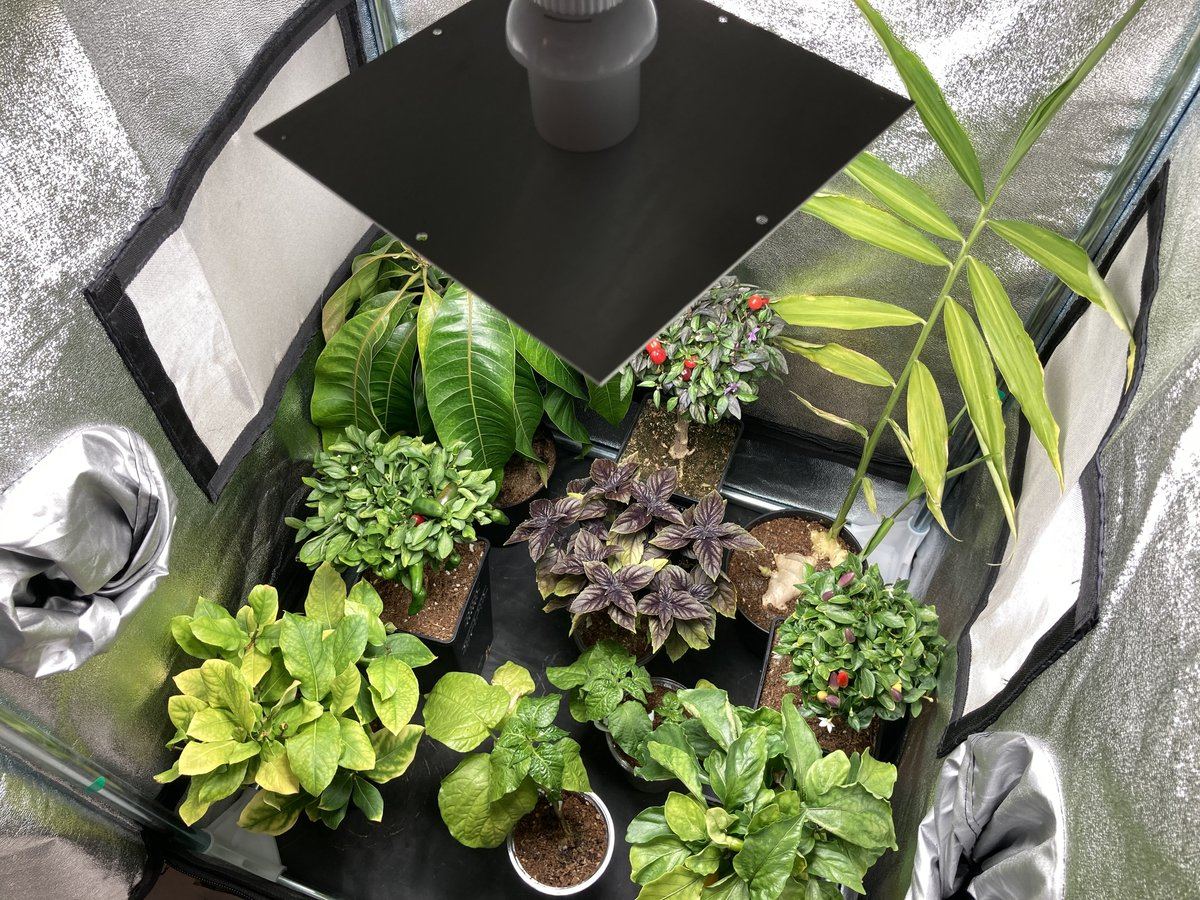[UVA]
UVA (315-400nm) has been shown to increase the amounts of THC, CBD, and terpene production in cannabis plants, without the negative effects of UVB. Wavelengths in the UVA spectral range are included in the absorption spectrum, particularly in the 380nm range. Additionally, research has shown that exposing plants to UVA light can also inhibit mold growth and fungal development.
[UVB]
UVB (280-315nm) is known to damage protein and nucleic acids in plant cells, causing decreased metabolism and decreased number of flowers. UVB can have positive effects for plants as well. Cannabis responds to the stress and sunburn from UVB wavelengths, by creating it’s own sunscreen in the form of trichomes.
[UVC]
UVC (200-280nm) has the shortest wavelength and most energy, but is potentially the most stressful to plants and human skin causing sunburn and can be very damaging to human eyes. Fortunately, for humans and plants atmospheric absorption eliminates the majority of UVC shortwave light.
[FR]
Far-red (>700nm) and infrared light can also be a very effective at promoting robust stem growth, proper node spacing, and more flowers and fruit.
The protein Phytochrome is the only known receptor that is sensitive to far-red/infrared wavelengths. Plants use Phytrochrome to regulate when a plants is to switch from vegetation state to flowering, and the time of flowering, due to the length of daylight or exposure to artificial light.
I should have said both are beneficial and I was mistaken the uvb helps promote photosynthesis. But my point is that the amount of UV created by your lights is insignificant and not nearly enough to see the benefits as seen in these and other studies.
This review presents recent developments in plant photobiology and lighting systems for horticultural crops, as well as potential applications for cannabis (...

www.frontiersin.org
This same study suggested that there is a synergy between UV-A and blue wavelengths that induces cannabigerol accumulation in cannabis flowers.
Blue light activates Zeitlupe (ZTL) family function, a group of proteins that plays a role in circadian clock regulation, wherein their light-dependent function allows modulation of internal timing signals (
Kim et al., 2007). Accordingly, optimal lighting regimes for cannabis growth and production should take advantage of this temporal regulation initiated by the circadian clock and light-sensitive ZTL protein function.
Wavelengths of light that are shorter than the PAR spectrum [e.g., violet light and UV (<400 nm) radiation] have limited photosynthesis; however, discrete photomorphogenic effects are observed when UV-B (290
–320 nm) sensing systems are triggered (
Frohnmeyer and Staiger, 2003;
Folta and Carvalho, 2015). UV-B radiation is perceived
via the UV-B photoreceptor UV resistance locus 8 (UVR8). Although UV-B represents a threat to plant integrity in large quantities, smaller quantities of UV-B have important benefits such as promoting pest resistance, increasing flavonoid accumulation, improving photosynthetic efficiency, and serving as an indicator of direct sunlight and sunflecks (
Ballaré et al., 2012;
Wargent and Jordan, 2013;
Zoratti et al., 2014;
Moriconi et al., 2018). Further to this, some UV-B responses can also be modulated by a UVR8-independent signal and UV-A radiation, since plants’ responses to UV-B light are regulated by both UVR8-dependent and -independent pathways (
Morales et al., 2013;
Li et al., 2015;
Jenkins, 2017). UV-B light reportedly elicits THC accumulation in both leaves and buds (
Pate, 1983;
Lydon et al., 1987;
Potter and Duncombe, 2012).







